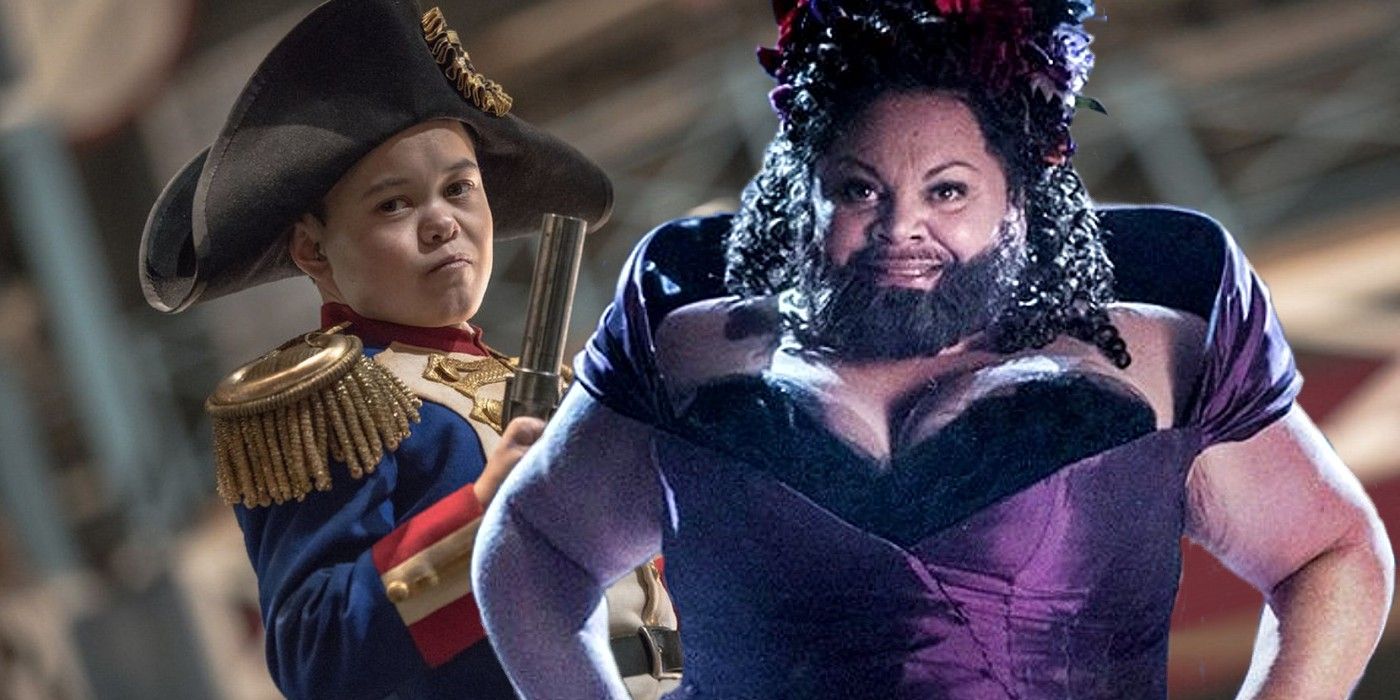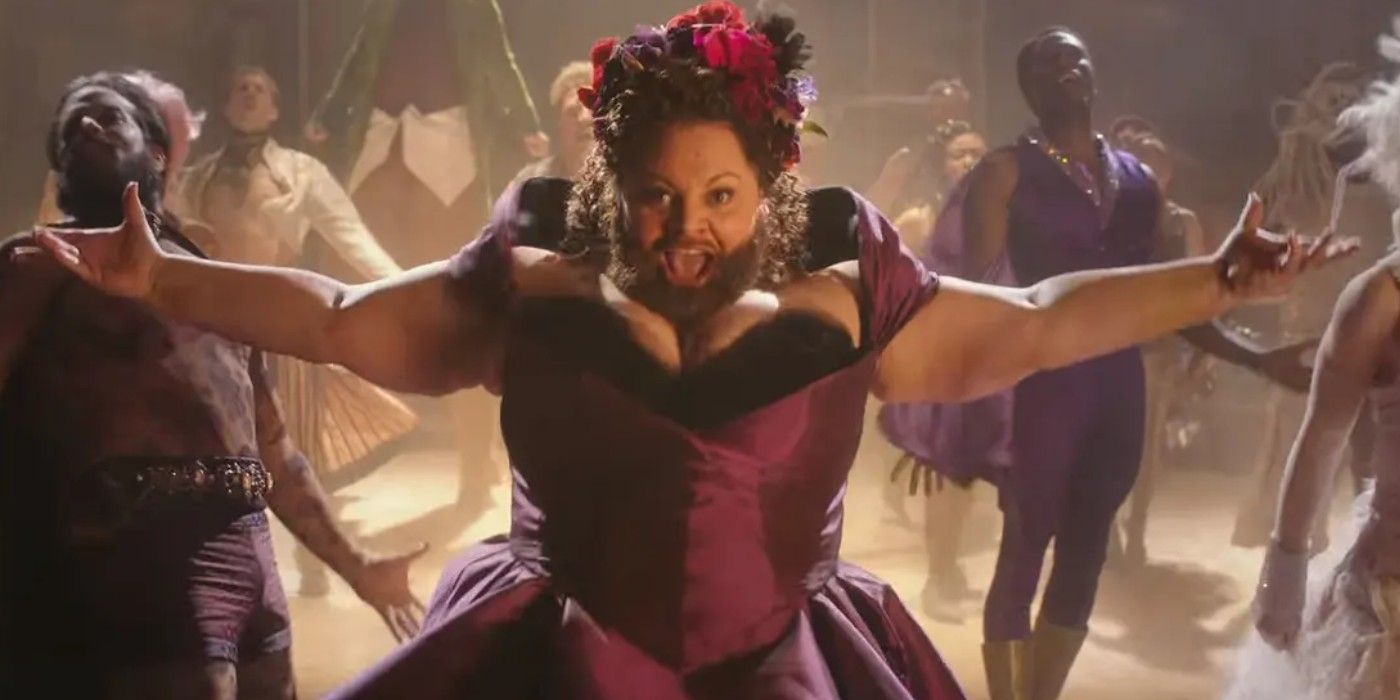The Greatest Showman's most important song - "This is Me" - was almost completely unrecognizable. If the original plans for the hugely popular musical's flagship song had gone ahead, the singer wouldn't have been the same and the entire center-piece musical number would have been framed in an entirely different way. In short, The Greatest Showman's best and most important song may not have ever been as successful.
"This is Me" is performed in The Greatest Showman by Broadway star Keala Settle to stunning impact and it was the song's uplifting message of self-assurance and personal worth against a tide of negativity and societal rejection that arguably turned the musical into a success. Were it not for the song's message inspiring a huge, positive reaction with early LGBTQ audiences, The Greatest Showman may never have beaten its initially uninspiring release reaction to become the phenomenon it did. And to think it was only a late addition to the musical, written on the way to the pitch meeting, is even more impressive.
The stranger part of the production story of The Greatest Showman and "This is Me" is that it didn't arrive fully formed, despite being the key to the movie even being greenlit in the first place. Perhaps because of the way it was written, "This is Me" went through several stages of development from what it was first planned to be - a big musical number for the film's smallest star, Tom Thumb.
The original plan for "This is Me" would have seen Sam Humphrey's Tom Thumb - whose real name in the movie is Charles Stratton - sing the song and accompany himself on ukelele. The song would have also been a big dance number, as it ended up being in the final film, but Humphrey would have led the dance sequence. Crucially, this came before the decision to have Humphreys perform his entire role on his knees, with the lower part of his legs digitally removed so that his height was more in line with that of the real Charles Stratton, who stood a little under a foot shorter than Humphrey. That decision meant despite his dance lessons, Humphrey is rarely seen dancing in the final film at all and his role at the center of "This is Me" was revised and given to the bearded lady.
That altered plan didn't quite go to plan either initially. While Keala Settle had experience on the stage in musicals like Hairspray, Priscilla: Queen Of The Desert, and Waitress, her role in The Greatest Showman was initially intended to be a consulting one only. She had been brought in to help in workshops during the musical's development and didn't want to star in the movie. Needless to say, she was also unwilling to sing "This is Me" as the lead and offered only to sing harmony on it if needed. It was only when director Michael Gracey and Hugh Jackman worked to convince her that she finally accepted the role as Lettie Lutz and her key part in the song.
The idea of "This is Me" sung by anyone else - even though Charles Stratton does get a verse in the cinematic version of the song (but not on the soundtrack) - is almost impossible to conceive of. Settle's performance is stunning, perfectly capturing the outrage and heartbreak of the song's content and her almost ferocious part in the dance number is easily one of the single most memorable and enduring images of The Greatest Showman. Not only does the song carry the most important message - that society ought not to cast off those who are different - its journey to the big screen is one of the most intriguing part of the film's production.


